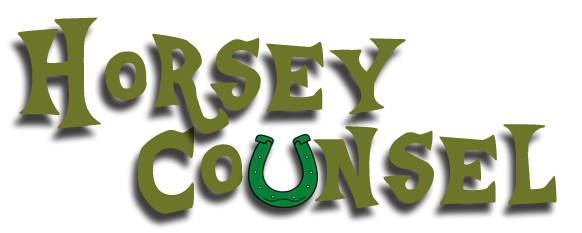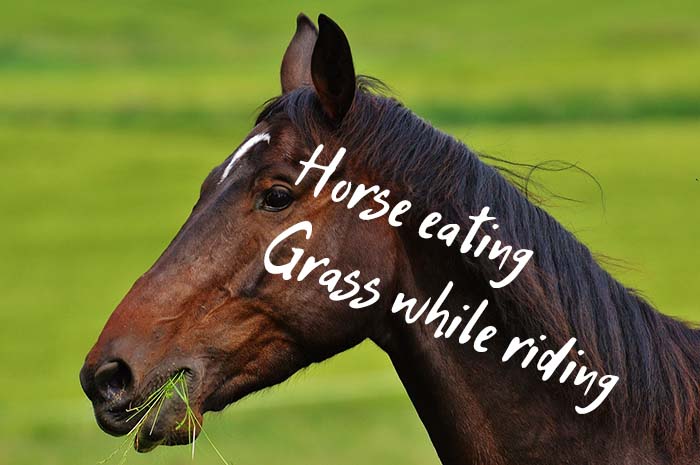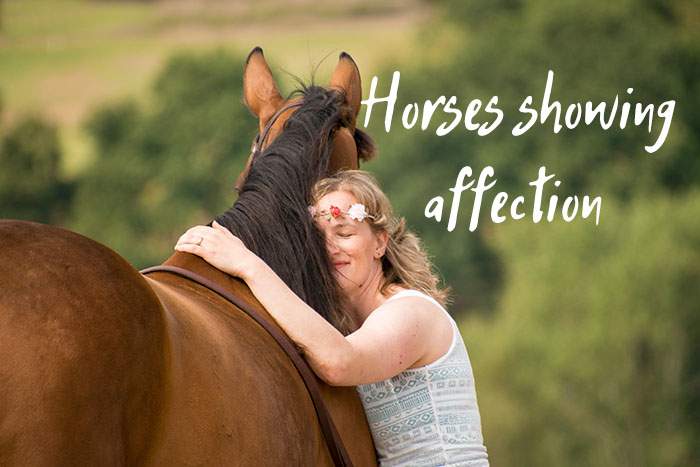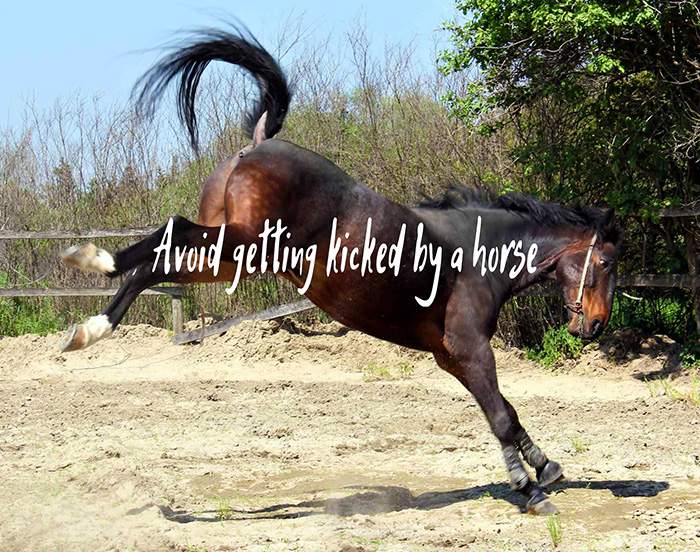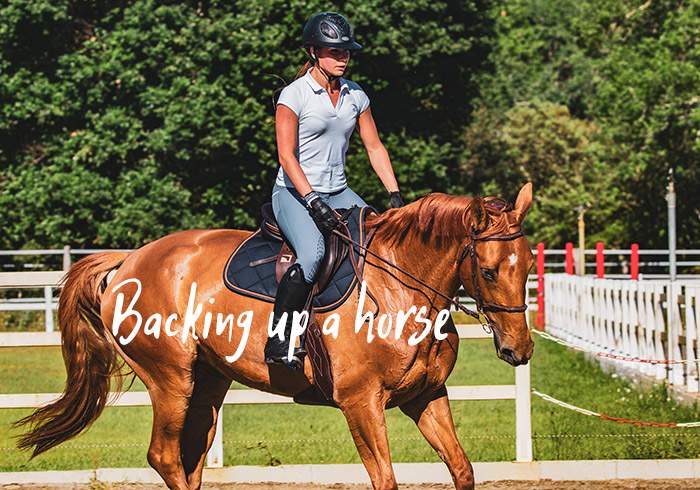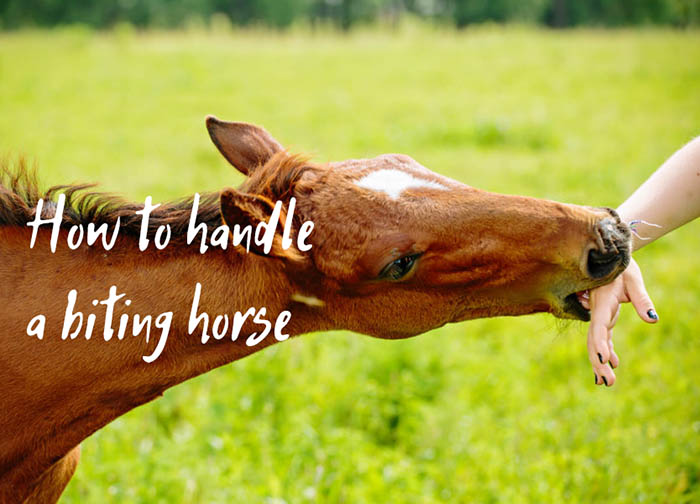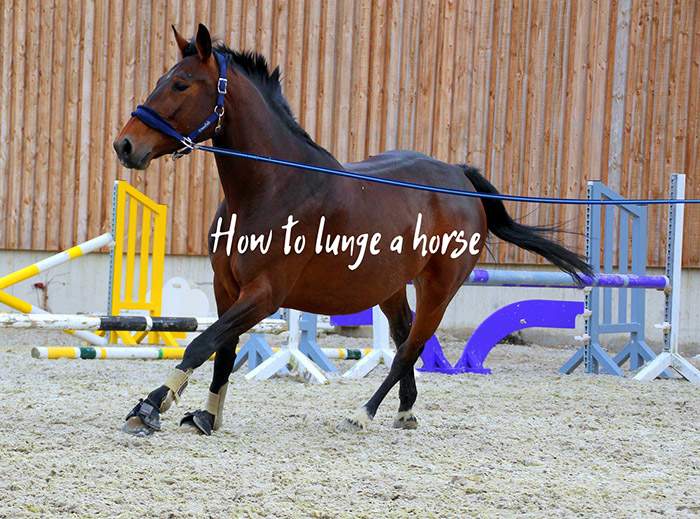How to Train Your Horse Using Voice Commands and Cues
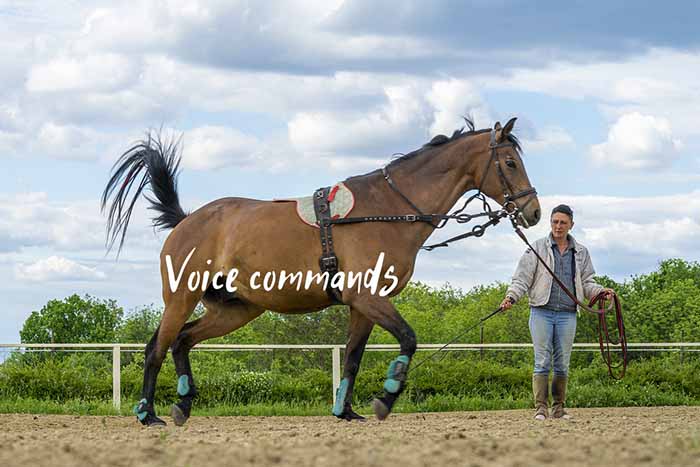
In order to achieve and maintain a successful relationship with our horses, we need to find some way to communicate. Picking up what your horse is trying to tell you is one thing, but we as herd leaders need to be able to get our point across in a clear way so that our horses know what we expect of them.
Voice commands and cues represent a great way to communicate our intentions. They’re also incredibly useful training tools, as horses learn to interpret them and will listen to our commands both on the ground and while in the saddle.
How do we train our horses to listen to our voice commands? There are two basic learning mechanisms at work when we train horses: classical conditioning and operant conditioning.
With classical conditioning, the horse learns all of its voice aids and posture aids from the person who’s leading or riding. With operant conditioning, we use reward-based learning such as pressure and release of reins, or food rewards. The use of voice is a classically-conditioned signal and a very important one at that.
Using voice commands to train a horse.
The human voice represents a completely different modality of training when compared to the use of pressure. If a horse has any lingering memory of stress resulted from pressure-based training, the voice represents an excellent training alternative. The voice in itself can do no physical harm to a horse, so the horse will obviously feel less threatened by it in general.
The way we use the voice as a classical conditioning tool is very important. In training and when issuing commands, the voice needs to be the first thing that the horse hears. For instance, if we want to tell the horse to step back, we would say the word “back” and only then would we apply some pressure to the reins or tap the horse’s leg with the whip.
The critical part is that the voice aid must come first during the training session. Classical conditioning is all about predictability.
What are some of the most useful voice commands?
When leading or lunging, most horse trainers prefer to use short words that the horse will pick up easily and understand. These include:
- Walk!
- Trot!
- Canter!
- Gallop!
- Back!
- Easy!
- Whoa!
- Stand!
- Good boy/girl!
- Wait!
- Over!
- Quit!
In addition to these clear commands, you could also rely on specific sounds such as clucking or smooching. Not all horses will offer the same response to the same sounds. It’s a good idea to try and use different sounds and figure out which ones will grab your horse’s attention the most.
Using verbal commands correctly.
It’s important to use these commands correctly and to make sure that the horse is close enough to hear them properly. Always speak in a clear voice, and mind your tone. Horses can pick up on our voice tone, and they can detect slight inflections that give away our mood or state of mind.
For instance, when you want your horse to speed up, make sure to issue the command in a higher-pitched voice. For slowing down, the whoa and walk commands should be given in a firm but low voice.
As you teach these commands to your horse, it’s a good idea to use physical reinforcements: the whip can be used to induce speed, the lead rope can be yanked for slowing down. Patting a horse on its neck while saying “good boy” will definitely make it easier to get your point across.
Make sure to use the right words too. If you want your trotting horse to slow down to a walk, say walk and not whoa, which would effectively signal it to stop completely. Even if things get rough during training, don’t get mad at your horse, and definitely don’t yell at it. Not only will it not respond to that kind of treatment, but you’ll also only end up stressing the animal. Moreover, it will associate your training sessions with fear and anger. This could set you back several weeks worth of training time.
The effectiveness of voice commands is controversial.
I do believe that voice commands can represent a very useful tool when it comes to horse training. However, there are some who believe that it’s a complete waste of time, and that horse training should focus more (if not exclusively) on body language and physical cues.
The main argument is that a voice command is a crude tool and that it can’t be used to issue specific requests in an effective manner. For instance, we may be able to tell a horse to move back, but we can’t tell him how far to go back, or how quickly. It’s up to the horse to interpret how to obey that command.
Voice commands are somewhat limited, that’s true, but that’s exactly why we shouldn’t rely on them exclusively as a form of training. They are useful to some extent, and they can definitely bring value to a human’s relationship with a horse. Nobody’s saying that we should only train our horses using voice commands. These commands and cues are just part of a larger picture.
As long as we have a healthy and respectful relationship with our horses, they should know how to pick up on our body language, voice commands, and physical cues. These interaction methods work together to help us communicate with these intelligent animals, who are willing to listen to us, obey us, and acknowledge us as their herd leaders.
Summing up.
There’s no clear handbook that tells us how to train our horses using voice commands. There are some guidelines, though, and some general rules that we need to be mindful of when trying to communicate verbally with horses. We need to keep calm, issue our commands in a clear voice, and be mindful of our tone.
As a training tool, these verbal cues are complemented by physical interactions. Horses learn to interpret our commands by associating them with specific physical requests. Another important aspect: voice commands need to be reinforced from time to time, especially if we don’t interact with our horses on a daily basis.
If you have some experience training horses, or even if you just own a horse, do let me know how you go about issuing verbal commands, and how effective they’ve proven as a means of communication.
